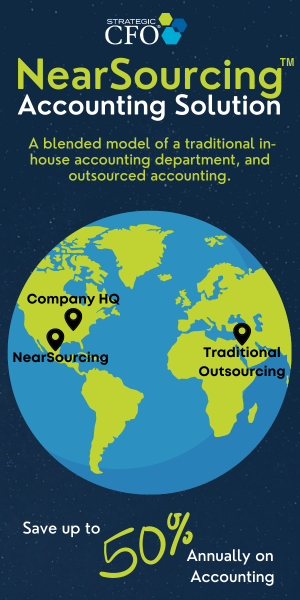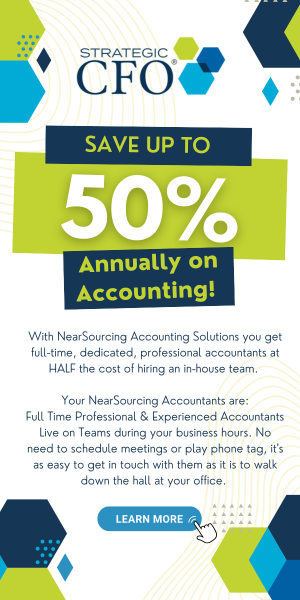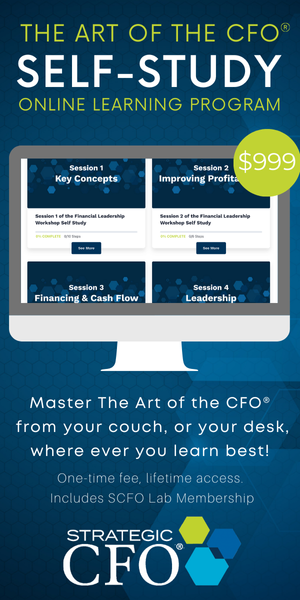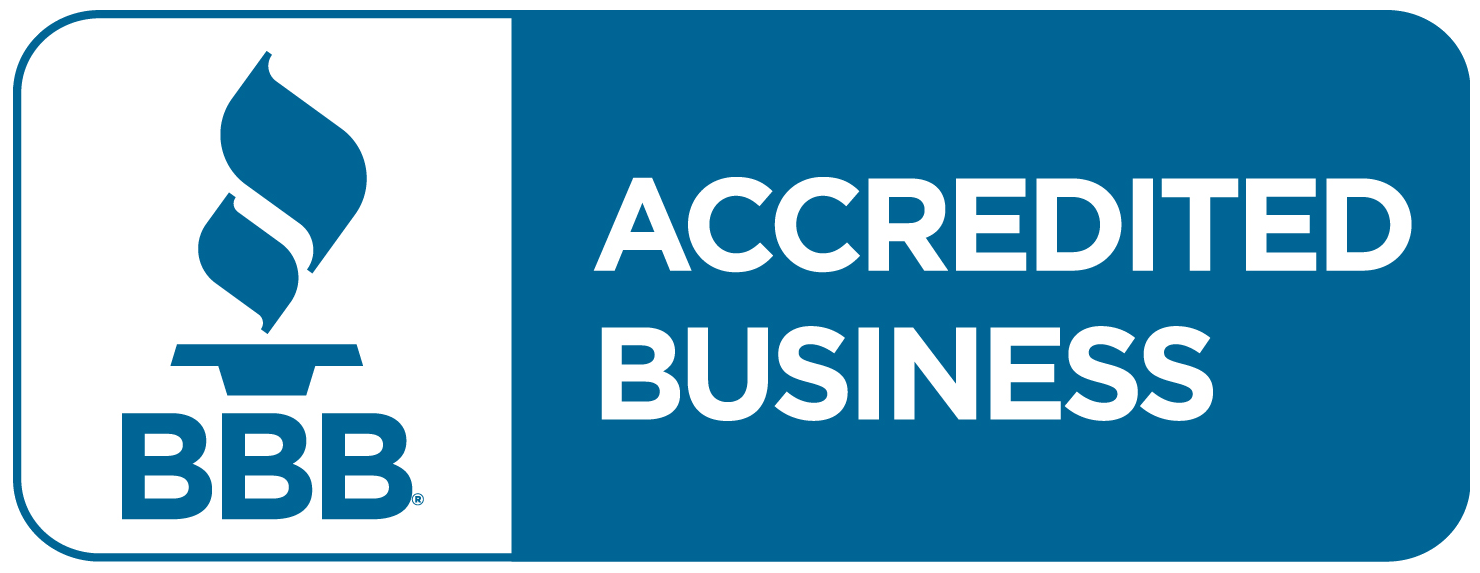The Importance of M&A in Business
Mergers and acquisitions (M&A) play a vital role in driving business growth and strategic expansion. When considering the growth potential of a company, M&A can be a game-changer. It offers a unique opportunity for businesses to expand their market presence, diversify their offerings, and tap into new customer segments. Through strategic acquisitions, companies can fast-track their growth trajectory and achieve economies of scale that would have taken years to develop organically.
In terms of business development, M&A opens doors to new technologies, intellectual property, and talent that can propel a company to new heights. By acquiring companies with complementary strengths, businesses can enhance their competitive advantage and enter new markets more efficiently. This strategic approach to M&A not only accelerates growth but also positions the company as an industry leader. Embracing M&A as a critical part of your business strategy can unlock opportunities for innovation, expansion, and sustained success in a rapidly evolving marketplace.
Strategic Advantages of M&A Deals
When considering M&A deals, you can gain strategic advantages through synergy, which results from the combined strengths of the merging entities. Market expansion benefits can also be harnessed, allowing you to access new customer segments, geographical areas, or distribution channels. These advantages position your business for future growth and increased competitiveness in the market.
Synergy in Mergers
Leveraging synergy in mergers can significantly enhance the strategic advantages of M&A deals. When considering synergy in mergers, it is essential to conduct thorough synergy analysis to identify potential areas of collaboration and value creation. Despite the benefits, integration challenges may arise, such as cultural differences and operational alignment. To navigate these challenges effectively, proactive communication and a well-structured integration plan are crucial. Here are key points to consider:
- Comprehensive synergy analysis is vital for maximizing the benefits of a merger.
- Integration challenges like cultural clashes require strategic solutions.
- Clear communication throughout the integration process is essential.
- A detailed integration plan can help streamline operations and optimize synergies.
Market Expansion Benefits
To fully capitalize on M&A deals, you can tap into the strategic advantages of market expansion, unlocking new growth opportunities and enhancing your competitive edge. Through mergers and acquisitions, you can achieve a broader global reach, gaining access to new markets and customers that were previously out of reach. This expansion into different regions allows you to diversify your revenue streams and reduce dependence on a single market. Moreover, M&A deals present the chance to capitalize on new opportunities that may not have been achievable independently, such as synergies in product offerings or operational efficiencies. By strategically leveraging market expansion benefits, you position your company for sustained growth and increased competitiveness in the ever-evolving business landscape.
Key Drivers for M&A Activity
As you explore the motives behind M&A transactions, consider the crucial aspects of market expansion strategies and competitive advantage enhancements. These key drivers play a significant role in shaping the decision-making process of organizations seeking growth opportunities. By focusing on market expansion and competitive advantage, companies can position themselves strategically for future success through M&A activities.
Market Expansion Strategies
Exploring which key factors drive M&A activity for market expansion can provide valuable insights into strategic business decisions. When considering market expansion strategies through M&A, focusing on achieving global reach and enhancing brand positioning becomes crucial. To succeed in this endeavor, you should pay attention to the following key drivers:
- Synergies: Identify how merging with another company can create synergistic benefits for both entities.
- Market Access: Evaluate how the acquisition can provide access to new markets or strengthen your presence in existing ones.
- Technology Integration: Assess how integrating technologies from both companies can lead to competitive advantages.
- Talent Pool: Consider how combining talent pools can enhance innovation and operational excellence.
Competitive Advantage Boost
Leveraging mergers and acquisitions can significantly enhance a company’s competitive advantage through strategic consolidation and resource optimization. By acquiring innovative technologies and accelerating their adoption, companies can stay ahead of the competition and drive growth. M&A also enables firms to access top talent, fostering skill retention and development within the organization. Through strategic mergers and acquisitions, companies can combine their strengths, streamline operations, and access new markets, creating a robust competitive edge. This competitive advantage boost not only enhances market positioning but also strengthens the company’s ability to innovate and adapt to changing industry landscapes. Embracing M&A for competitive advantage is crucial in today’s dynamic business environment, where staying relevant and agile is key to long-term success.
Overcoming Challenges in M&A
Navigating the complexities of mergers and acquisitions often presents a myriad of challenges that require strategic planning and foresight. When overcoming challenges in M&A, you must be prepared to tackle integration issues and align different organizational cultures effectively. To succeed in this endeavor, consider the following:
- Communication: Ensuring transparent and effective communication across all levels of the merging entities is crucial for minimizing uncertainty and resistance.
- Leadership: Strong leadership that can navigate the transition period and inspire confidence in the new direction is essential for overcoming challenges.
- Employee Engagement: Actively involving employees from both sides in the integration process can help foster a sense of ownership and commitment.
- Flexibility: Being adaptable and willing to adjust strategies based on emerging challenges and opportunities is key to overcoming obstacles in M&A transactions.
Due Diligence and Integration Planning
Conduct thorough due diligence and meticulous integration planning to ensure a seamless transition and maximize the benefits of the merger or acquisition. Integration challenges can arise when combining different company cultures, systems, and processes. Therefore, it is crucial to carefully assess these aspects during the due diligence phase. Identify potential areas of conflict and develop strategies to mitigate them early on.
By conducting comprehensive due diligence, you can uncover any hidden risks or liabilities that may impact the success of the integration. Understanding the financial health, operational efficiencies, and legal compliance of the target company is essential for a smooth transition.
Moreover, integration planning plays a vital role in realizing synergy benefits. Define clear objectives for the integration process and establish key performance indicators to measure success. Communicate openly with employees from both organizations to ensure transparency and alignment throughout the integration.
Maximizing Value in M&A Transactions
To achieve maximum value in M&A transactions, focus on identifying synergies and optimizing operational efficiencies to drive growth and profitability. Value creation and maximizing the potential of the combined entity are crucial aspects to consider during M&A deals. To ensure you are maximizing value in your transactions, keep the following in mind:
- Synergy Identification: Look for areas where the merging companies can benefit from complementary strengths and resources.
- Operational Efficiency Optimization: Streamline processes and eliminate redundancies to improve the overall performance of the new entity.
- Strategic Alignment: Ensure that the M&A deal aligns with your long-term goals and growth opportunities.
- Talent Retention: Retain key employees from both organizations to leverage their expertise and maintain continuity during the transition period.
Future Trends in M&A Strategies
Embracing emerging technologies and digital innovations is essential for staying competitive in future M&A strategies. As the M&A landscape evolves, companies need to adapt to new trends to ensure successful deals. One key aspect is addressing integration challenges that arise when combining two distinct entities. Efficiently merging systems, processes, and cultures can determine the overall success of the deal and the achievement of synergies.
Moreover, navigating regulatory hurdles is becoming increasingly complex in the M&A environment. Companies must stay abreast of changing laws and compliance requirements to avoid costly delays or even deal failures. Understanding and proactively managing these regulatory challenges are crucial for a smooth M&A process.
Incorporating advanced technologies like artificial intelligence for due diligence or blockchain for secure transactions can streamline M&A processes and enhance decision-making. By leveraging these tools, companies can gain a competitive edge and drive successful outcomes in their M&A strategies. Stay agile, anticipate future trends, and proactively address integration challenges and regulatory hurdles to maximize the value of M&A transactions.
Conclusion
As you continue to navigate the ever-changing business landscape, remember that leveraging M&A for future growth is not just an option, but a strategic necessity. By understanding the importance, advantages, drivers, challenges, due diligence, and value maximization of M&A transactions, you can position your company for success in the future. Stay informed on the latest trends in M&A strategies to ensure you are making the most of this valuable tool for growth. At Strategic CFO®, we are committed to helping companies excel through strategic M&A initiatives.










